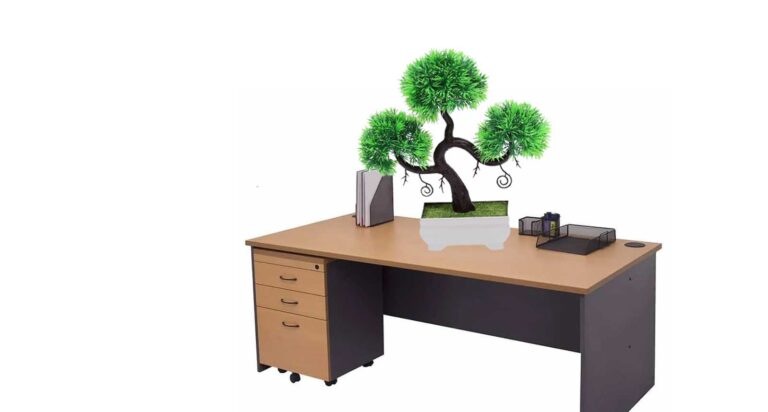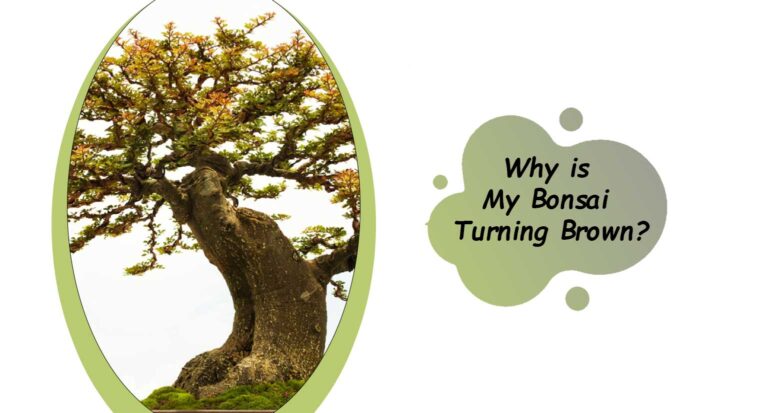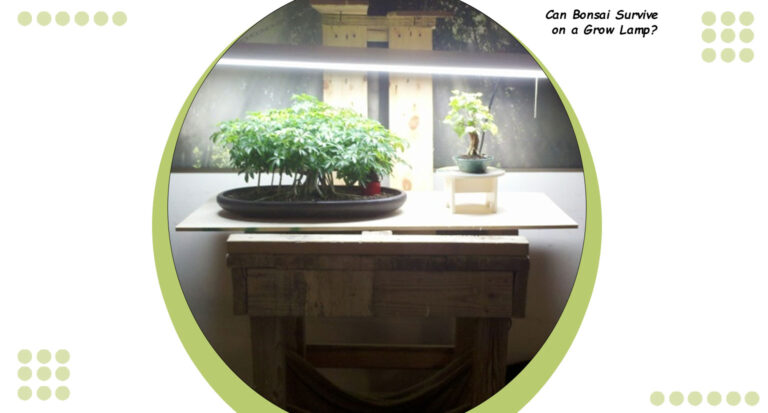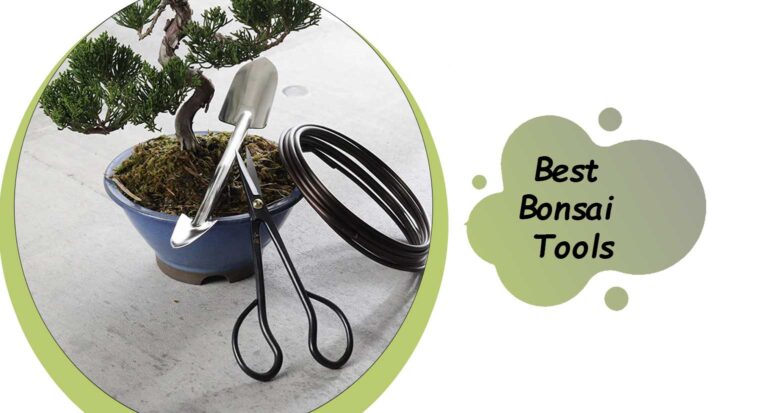Low Light Bonsai For Indoors
Are you ready to embark on an exciting journey into the world of low light bonsai for indoors? In this guide, we will unveil the secrets of cultivating these exquisite indoor plants that thrive in minimal light conditions. Whether you’re an experienced bonsai enthusiast or a beginner eager to add a touch of nature to your home, our expert insights will illuminate the path to success. Explore the beauty and tranquility of low light bonsai while enhancing your indoor spaces.
Bonsai cultivation in low light indoor environments presents a unique challenge and opportunity for enthusiasts seeking to bring the beauty of miniature trees into their homes. While traditional bonsai thrive in ample sunlight, low light conditions require special care and selection of suitable species that can adapt to reduced light levels.
Indoor spaces with limited natural light can still support thriving bonsai collections with the right knowledge and techniques. Choosing the right species is crucial for success in low light indoor bonsai gardening. Species known for their tolerance to shade and low light, such as Ficus, Chinese Elm or certain varieties of Jade, are ideal choices.
These plants not only tolerate lower light levels but also maintain their iconic bonsai characteristics, including compact size and artistic form, making them perfect for indoor display. Proper placement within the home, such as near east or north facing windows where indirect sunlight is available, can further enhance their growth and appearance.
Successful cultivation of low light bonsai indoors requires careful attention to watering, soil quality and occasional supplemental lighting. By embracing these techniques and selecting appropriate species, bonsai enthusiasts can enjoy the artistry and tranquility of miniature trees within the comfort of their indoor spaces, creating stunning displays that thrive even in challenging lighting conditions.
Can Bonsai Live in Low Light?
Yes, bonsai can live in low light conditions if the right species are selected and proper care is provided. Certain bonsai varieties, such as Ficus, Chinese Elm and Jade, are well suited for low light environments and can thrive indoors with limited natural light.
Ensuring these bonsai receive adequate care, including proper watering, soil quality and occasional supplemental lighting, helps maintain their health and appearance. By choosing shade tolerant species and implementing effective care techniques, bonsai enthusiasts can successfully cultivate and enjoy beautiful miniature trees in low light indoor settings.
Bonsai, the art of cultivating miniature trees, is a fascinating practice that often conjures images of serene outdoor gardens bathed in sunlight.
However, you may be pleasantly surprised to learn that certain bonsai species can indeed thrive in low light conditions, making them the perfect choice for indoor environments. Here’s a detailed exploration of this remarkable adaptability:
The Resilience of Low Light Bonsai
Low light bonsai, also known as shade tolerant bonsai, have adapted over generations to flourish under reduced sunlight.
While they may not require the same intense light levels as their outdoor counterparts, they have evolved unique characteristics that allow them to cope with lower light conditions.
Low Light Environments
Low light environments are typically those with limited access to direct sunlight, such as areas further away from windows or rooms with filtered natural light.
These conditions can vary from dimly lit spaces with minimal exposure to consistent but indirect sunlight.
Choosing the Right Bonsai Species
The key to success in growing low light bonsai indoors is selecting the appropriate species. Some bonsai trees, like the Ficus, Chinese Elm, and Peace Lily, are known for their adaptability to low light conditions.
These species have naturally evolved to thrive in the understory of forests, making them well-suited for indoor cultivation.
Adapting Care and Maintenance
Caring for low light bonsai involves understanding their specific needs. While they require less direct sunlight, they still require adequate care, including proper watering, humidity, and occasional fertilization.
With the right adjustments, your indoor bonsai can flourish in a low light environment.
The Aesthetic Appeal
One of the compelling aspects of low light bonsai is their unique charm. They often have broader leaves, unique foliage patterns, and a sense of tranquility that makes them ideal for enhancing the ambiance of your indoor spaces.
We’ve shed light on the fascinating world of low light bonsai and their adaptability to indoor environments with reduced sunlight.
It’s clear that with the right choice of species and proper care, you can enjoy the beauty of bonsai right in the comfort of your home, even in low light conditions.
Which Bonsai is Best for Indoors?
If you’re considering adding a bonsai to your indoor space, it’s essential to choose the right species that can thrive in the conditions your home offers.
To make this decision easier, we’ve created a helpful HTML chart and provided detailed text descriptions of some of the best bonsai options for indoor cultivation.
| Bonsai Species | Light Requirements | Special Care Notes |
|---|---|---|
| Ficus Bonsai | Low to moderate light | Tolerates low humidity and occasional drought |
| Chinese Elm Bonsai | Moderate to bright, indirect light | Regular pruning for shape and size |
| Peace Lily Bonsai | Low to moderate light | Keep soil consistently moist, contributes to air purification |
| Jade Bonsai | Bright, indirect light | Allow the soil to dry out between watering |
| Schefflera Bonsai | Moderate to low light | Prune regularly and keep the soil consistently moist |
Ficus Bonsai
– Light Requirements: Ficus bonsai are quite adaptable and can thrive in low to moderate light conditions. They’re perfect for spaces further from windows.
– Special Care Notes: These bonsai tolerate lower humidity levels and occasional periods of drought, making them an excellent choice for beginners.
Chinese Elm Bonsai
– Light Requirements: Chinese Elm bonsai prefer moderate to bright, indirect light. They do well in well-lit indoor spaces.
– Special Care Notes: Regular pruning is necessary to maintain the shape and size of the Chinese Elm bonsai, but they are relatively low-maintenance otherwise.
Peace Lily Bonsai
– Light Requirements: Peace Lily bonsai can thrive in low to moderate light, making them an excellent choice for low-light indoor environments.
– Special Care Notes: It’s essential to keep the soil consistently moist to ensure the well-being of Peace Lily bonsai. They also contribute to indoor air purification.
Jade Bonsai
– Light Requirements: Jade bonsai prefer bright, indirect light, making them ideal for well-lit indoor spaces.
– Special Care Notes: It’s important to allow the soil to dry out between waterings for Jade bonsai, as they store water in their leaves.
Schefflera Bonsai
– Light Requirements: Schefflera bonsai do well in moderate to low light, making them versatile for various indoor settings.
– Special Care Notes: Regular pruning is necessary, and the soil should be kept consistently moist to ensure the well-being of Schefflera bonsai.
7 Indoor Bonsai Trees That Thrive in Low-Light Environments
If you’re looking to transform your indoor space with the beauty of bonsai but have limited natural light, you’re in luck.
There are several indoor bonsai trees that are well-suited to low-light environments.
We’ll introduce you to seven remarkable bonsai species that not only survive but thrive in conditions with minimal sunlight.
Ficus Bonsai (Ficus Retusa)
Ficus bonsai are incredibly adaptable and can thrive in low to moderate light conditions, making them perfect for spaces further from windows.
These bonsai are known for their tolerance of lower humidity levels and occasional periods of drought, which makes them an excellent choice for beginners. Pruning and shaping are essential for maintaining their aesthetics.
Chinese Elm Bonsai (Ulmus Parvifolia)
Chinese Elm bonsai prefer moderate to bright, indirect light, making them a great choice for well-lit indoor areas.
Regular pruning is necessary to maintain the shape and size of Chinese Elm bonsai. With the right care, they are relatively low-maintenance and can adapt well to indoor environments.
Peace Lily Bonsai (Spathiphyllum Wallisii)
Peace Lily bonsai can thrive in low to moderate light, making them ideal for low-light indoor environments.
Keeping the soil consistently moist is essential for their well-being. These bonsai also contribute to air purification, enhancing the indoor environment.
Jade Bonsai (Crassula ovata)
Jade bonsai prefer bright, indirect light, making them a great choice for well-lit indoor spaces.
Allow the soil to dry out between watering, as they store water in their leaves. These bonsai are known for their unique appearance and easy care.
Schefflera Bonsai (Schefflera Arboricola)
Schefflera bonsai do well in moderate to low light, offering versatility for various indoor settings.
Regular pruning is necessary to maintain their shape, and keeping the soil consistently moist ensures their well-being. Their distinctive umbrella-like foliage is a striking feature.
ZZ Plant Bonsai (Zamioculcas zamiifolia)
ZZ Plant bonsai can thrive in low to bright, indirect light, making them adaptable to a variety of indoor conditions.
ZZ Plants are drought-tolerant and don’t require frequent watering. Their glossy, dark green leaves add a touch of elegance to any indoor space.
Ginseng Ficus Bonsai (Ficus microcarpa)
Ginseng Ficus bonsai can flourish in low to moderate light, making them suitable for spaces with limited sunlight.
They are relatively low-maintenance, but regular pruning and shaping will help maintain their appealing ginseng-like root structure and tree-like appearance.
Selecting the right bonsai species that matches your indoor environment and lifestyle will ensure a successful and visually pleasing addition to your home or office.
Do Indoor Bonsai Trees Need Sunlight?
The question of whether indoor bonsai trees need sunlight is a crucial one, especially for those looking to cultivate these miniature marvels in indoor environments.
While bonsai are often associated with outdoor sunlight, it’s important to understand that indoor bonsai have specific requirements when it comes to light. In this comprehensive explanation, we’ll delve into the intricacies of indoor bonsai’s light needs.
The Role of Sunlight in Bonsai Growth
Sunlight plays a crucial role in bonsai growth, serving as the primary energy source for photosynthesis, the process by which plants convert light into food. Adequate sunlight exposure ensures that bonsai trees receive the necessary energy to produce carbohydrates, which fuel their growth and development.
Without sufficient sunlight, bonsai may experience stunted growth, weakened structure and poor foliage quality. For many bonsai species, especially those traditionally grown outdoors, direct sunlight is essential to maintain their health, vibrant color and overall vigor.
In low light or indoor environments, replicating the benefits of natural sunlight becomes challenging but not impossible. Shade tolerant bonsai species can adapt to reduced light levels but they still require some indirect light to thrive.
Supplemental lighting, such as full spectrum grow lights, can help mimic natural sunlight and provide the necessary light spectrum for photosynthesis. By understanding and addressing the role of sunlight in bonsai growth, enthusiasts can ensure their miniature trees remain healthy and beautiful, even in less than ideal lighting conditions.
Indoor Bonsai’s Light Requirements
Indoor bonsai trees require light, but their light needs differ from their outdoor counterparts. While outdoor bonsai thrive in direct sunlight, indoor bonsai are adapted to lower light conditions. They can be categorized into three main light groups:
Low Light Bonsai
These bonsai can tolerate and thrive in low light conditions, which may involve minimal exposure to direct sunlight. Some examples of low light bonsai include Ficus and Peace Lily bonsai.
Moderate Light Bonsai
Moderate light bonsai thrive in conditions with some exposure to indirect sunlight. Chinese Elm bonsai is an example of a species that falls into this category.
Bright Light Bonsai
While indoor bonsai are adapted to lower light levels, there are some species that still require brighter, indirect light to thrive. Jade bonsai and ZZ Plant bonsai fall into this category.
Low Light Environments
Low light indoor environments are typically those spaces further away from windows or in rooms with filtered natural light.
It’s important to assess your indoor space to determine the level of light available and choose the appropriate bonsai species accordingly.
Supplementing Light for Indoor Bonsai
In cases where natural light is insufficient, you can supplement it with artificial light sources. Specialized grow lights with the right spectrum of light can help mimic natural sunlight and ensure the well being of your indoor bonsai.
Caring for Indoor Bonsai’s Light Needs
Caring for indoor bonsai involves placing them in the right location to receive the appropriate amount of light. Regularly rotating the bonsai to ensure even light exposure is crucial.
Additionally, keep an eye on your bonsai’s response to light, if it starts to show signs of stress, such as yellowing leaves, consider adjusting its light conditions.
Conclusion
In conclusion, cultivating low light bonsai indoors is a rewarding endeavor that brings the beauty and tranquility of miniature trees into homes with limited natural light. By carefully selecting species that thrive in low light conditions, such as Ficus, Chinese Elm and Jade, enthusiasts can successfully create stunning bonsai displays that enhance their living spaces.
These shade tolerant species, combined with attentive care practices, ensure that the bonsai remain healthy and vibrant even without abundant sunlight. Proper care is essential for maintaining low light bonsai indoors. This includes consistent watering, using high quality soil and occasionally supplementing with artificial lighting to mimic natural conditions.
Placement near windows with indirect light and regular monitoring of the plants health can also contribute to their successful growth. With these practices, bonsai enthusiasts can overcome the challenges posed by low light environments and enjoy the unique art of bonsai gardening year round.
Ultimately, low light bonsai provides an opportunity for anyone to experience the joy of bonsai cultivation, regardless of their home’s lighting conditions. By embracing the right species and care techniques, indoor gardeners can create beautiful, serene bonsai displays that bring a touch of nature and artistry into their everyday lives. This accessible approach to bonsai gardening not only enriches indoor spaces but also fosters a deeper connection to the ancient and meditative practice of bonsai cultivation.







